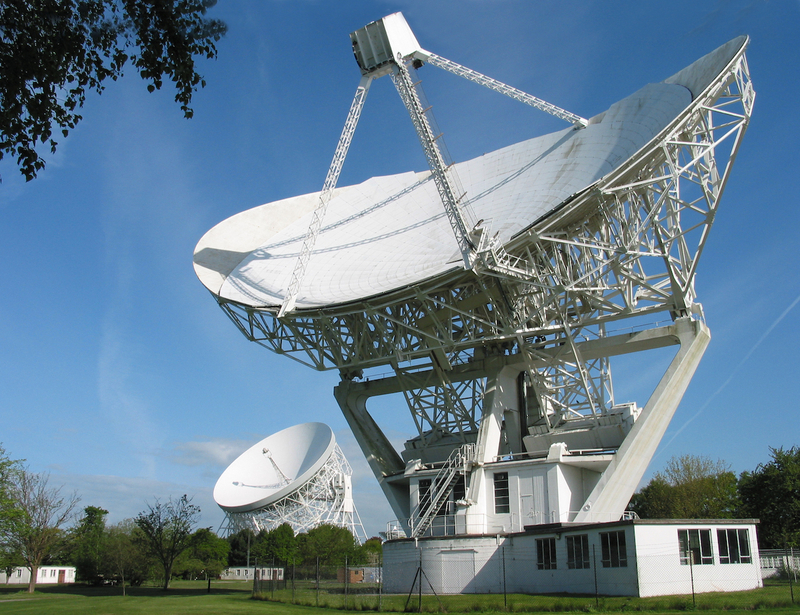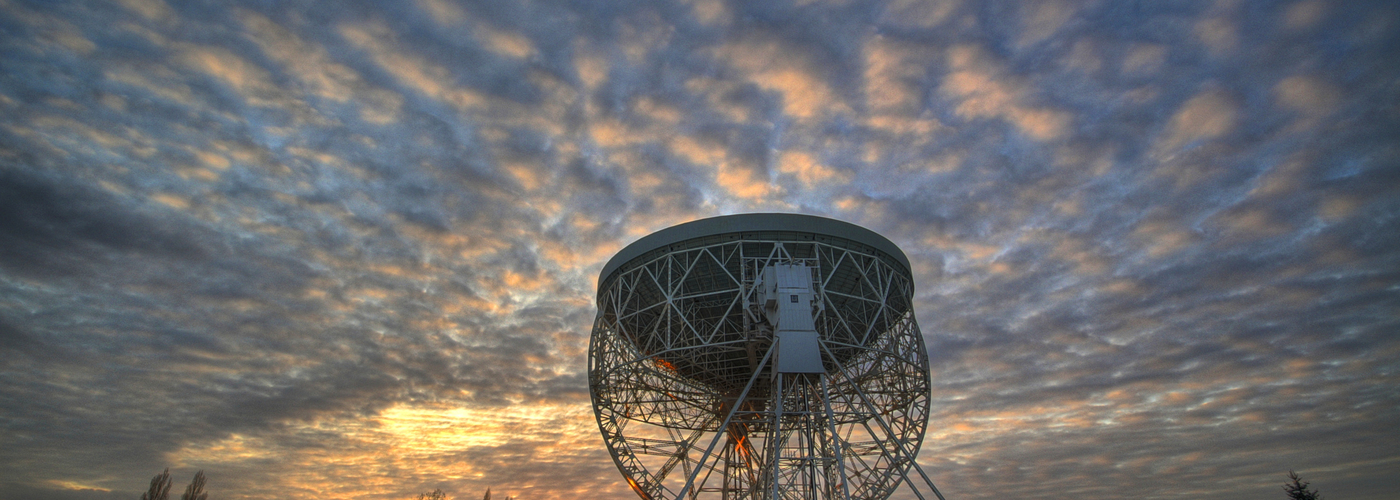The Cheshire observatory is bidding to join the Taj Mahal and Stonehenge on the global heritage stage
The United States and Israel might be planning their withdrawal from UNESCO, but one heritage site in Cheshire is attempting to do quite the opposite.
Just under a decade ago, Jodrell Bank almost had its funding pulled, when the Science and Technology Facilities Council planned to withdraw its £2.7 million annual support for e-MERLIN: a pioneering observation facility operated by the University of Manchester site.
A volley of angry petitions ensued and the threat was withdrawn - yet the ground-breaking observatory had come uncomfortably close to being no more.
Fortunately, events since have been more positive; from the 2016 launch of the universally popular Bluedot Festival, now an annual fixture, to the Grade I heritage listing on the anniversary of Lovell Telescope’s ‘first light’ (the point it was first used to collect radio signals from the universe).
Now for another milestone, as it was announced this week that Jodrell Bank has been selected as the UK’s next candidate for UNESCO nomination. The bid will be submitted in January 2018 and, if successful, will see the Cheshire observatory join the likes of Australia’s Great Barrier Reef and East Africa’s Serengeti on the World Heritage List.

Through this, UNESCO (United Nations Educational, Scientific and Cultural Organization) ‘seeks to encourage the identification, protection and preservation of cultural and natural heritage around the world considered to be of outstanding value to humanity’ - from providing emergency assistance to endangered sites to advising state parties on their preservation. There are currently 31 UK designations, including Derwent Valley Mills and the Lake District. Notably, within England, the majority are based in the South.
Considering its trailblazing history, Jodrell Bank is undoubtedly a worthy contender. Home to the Lovell Telescope, the world’s largest when completed in 1957, it’s played a key role in space investigation for over half a century and even tracked Sputnik 1 at the dawn of the space age, as well as playing a discreet warning role during the Cuban Missile Crisis.
First used for astrophysics by Sir Bernard Lovell in 1945, the site now additionally plays a pivotal part in astronomical education, welcoming 185,000 visitors - including 26,000 school pupils - to its Discovery Centre annually.

Professor Teresa Anderson, Director of Jodrell Bank Discovery Centre, said: “We have been preparing the case for the World Heritage Site inscription for Jodrell Bank Observatory for some years now, so it’s absolutely fantastic to reach this milestone. The Lovell Telescope in particular has become an icon for science and engineering, and we look forward to showcasing the rich scientific heritage of this and the wider site on an international stage.”
In preparation for inclusion in the World Heritage List, the site is improving its visitor facilities, and working on a project, supported by the Heritage Lottery Fund, to create a spectacular new gallery space that will celebrate Jodrell Bank’s continuing legacy.
Professor Tim O’Brien, Associate Director of the Jodrell Bank Centre for Astrophysics, added: “Jodrell Bank is the one remaining radio astronomy site, worldwide which dates from the early days, so it is very important that we protect and celebrate the physical record of our involvement in the creation of a new science.”









